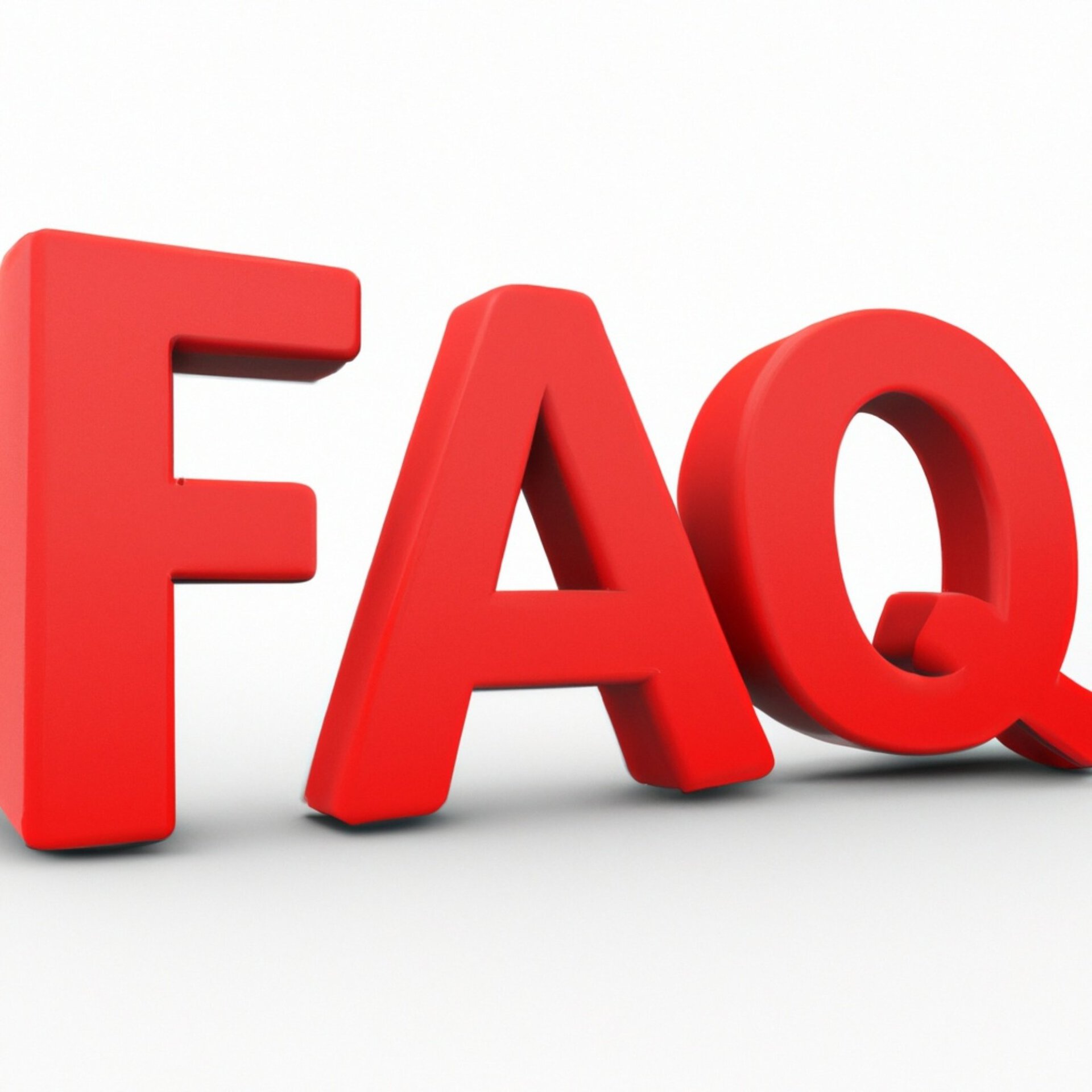Chapter 15: FAQs
Welcome to the world of outdoor griddle cooking! As you embark on this journey, you're likely to have questions about your Blackstone griddle, from its basic operation to the nuances of crafting the perfect meal. This chapter aims to address those frequently asked questions, providing insights and tips to enhance your griddling experience.

How Do I Season My Blackstone Griddle for the First Time?
Seasoning your griddle is a critical first step, pivotal in creating a non-stick surface and preventing rust. Begin by heating your griddle to a high temperature, letting it burn off any factory residues. Then, apply a thin layer of high-smoke-point oil (like canola or flaxseed oil) across the surface. The griddle should smoke and darken, indicating the formation of your initial seasoning layer. Repeat this process several times to build a robust, protective layer. This ritual, though time-consuming, is a rite of passage for your griddle, laying the foundation for countless future culinary adventures.
What’s the Best Way to Clean My Griddle After Use?
Cleaning your griddle post-cooking is simpler than you might think. While the griddle is still warm (but not hot), use a griddle scraper to remove food residues. For stubborn bits, a splash of water on the hot surface can help steam them away. Wipe it down with a cloth or paper towel, leaving it clean and dry. To protect the seasoning, apply a thin layer of oil before storing. This routine not only maintains your griddle’s condition but also becomes a therapeutic end to your cooking sessions.
How Can I Achieve the Perfect Sear on Steaks?
Searing a steak to perfection is an art form. Preheat your griddle to a scorching temperature - this is key to achieving that coveted caramelized crust. Pat your steak dry and season it generously. Place it on the griddle, resisting the temptation to move it for a few minutes. This patience rewards you with a steak boasting a rich, golden sear, locked-in flavors, and a tantalizing aroma. Flip it once, letting the other side receive the same fiery embrace. Remember, the thickness of your steak and your desired level of doneness will dictate the cooking time.
Can I Cook More Than Just Breakfast on My Griddle?
Absolutely! While your griddle is a champion of breakfasts, its versatility extends far beyond morning meals. Think juicy burgers, seared vegetables, flaky fish, and even unexpected items like pizzas and stir-fries. The expansive, even-heated surface welcomes a multitude of cuisines and cooking styles. Your griddle is not just a cooking appliance; it’s a canvas for your culinary creativity, welcoming experiments and fusion dishes.
What Are Some Essential Tools for Griddle Cooking?
To harness the full potential of your griddle, a few tools are indispensable. A sturdy spatula allows for agile flipping and maneuvering. Long tongs provide safe handling of foods, while a chopper/scraper makes dicing and cleaning efficient. A basting cover can help in melting cheese or steaming vegetables. And don’t forget a good oil bottle for seasoning and cooking. These tools don’t just make cooking easier; they transform it into an elegant dance of flavors and techniques.
How Can I Ensure Even Cooking Across the Griddle?
Understanding your griddle's heat zones is crucial. Typically, the center is the hottest, gradually cooling towards the edges. Use this to your advantage by placing items that require higher heat, like meats, in the center, while vegetables or delicate foods can cook gently on the sides. Balancing these zones allows you to efficiently manage multiple items simultaneously, showcasing the true prowess of griddle cooking.
Can I Cook Frozen Foods on My Griddle?
Yes, you can cook frozen foods directly on your griddle. However, the key is moderation and patience. Place frozen items on a lower heat zone, allowing them to thaw gently. Once they've shed their icy exterior, move them to a hotter zone for cooking. This method ensures your food cooks thoroughly and evenly, avoiding the pitfalls of a burnt exterior and cold interior.
Is Griddle Cooking Healthy?
Griddle cooking can be incredibly healthy. The flat surface requires minimal oil, reducing fat content in your meals. Furthermore, the griddle’s ability to perfectly cook vegetables, fish, and lean meats allows you to create a plethora of nutritious and delicious dishes. By embracing a variety of ingredients and avoiding excessive oil or butter, you transform your griddle into a tool for wholesome cooking.
What’s the Best Way to Store My Griddle?
Proper storage is essential for prolonging the life of your griddle. Ensure it's clean and thoroughly dry post-cooking. If possible, store it in a dry, covered area to protect it from the elements. A griddle cover is a worthy investment, shielding it from dust and moisture. This care might seem like a small act, but it’s a declaration of your commitment to the culinary arts and your respect for the tools that bring your creations to life.
In conclusion, embracing the art of griddle cooking opens up a world of culinary possibilities. Each question you have along the way is a stepping stone in your journey, each answer a tool in your ever-growing arsenal. Remember, the path to mastery is one of constant learning and experimentation. May your griddle not only cook meals but also craft memories, foster learning, and inspire culinary artistry.